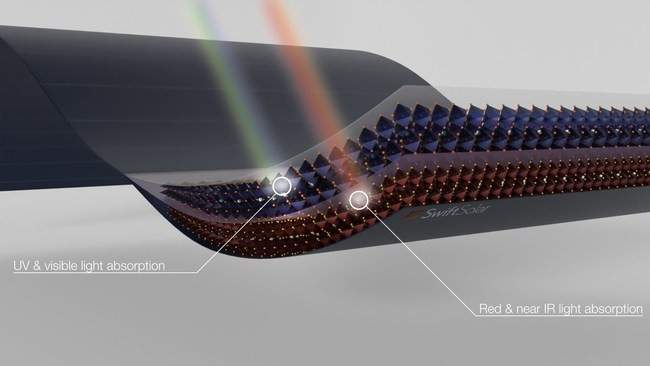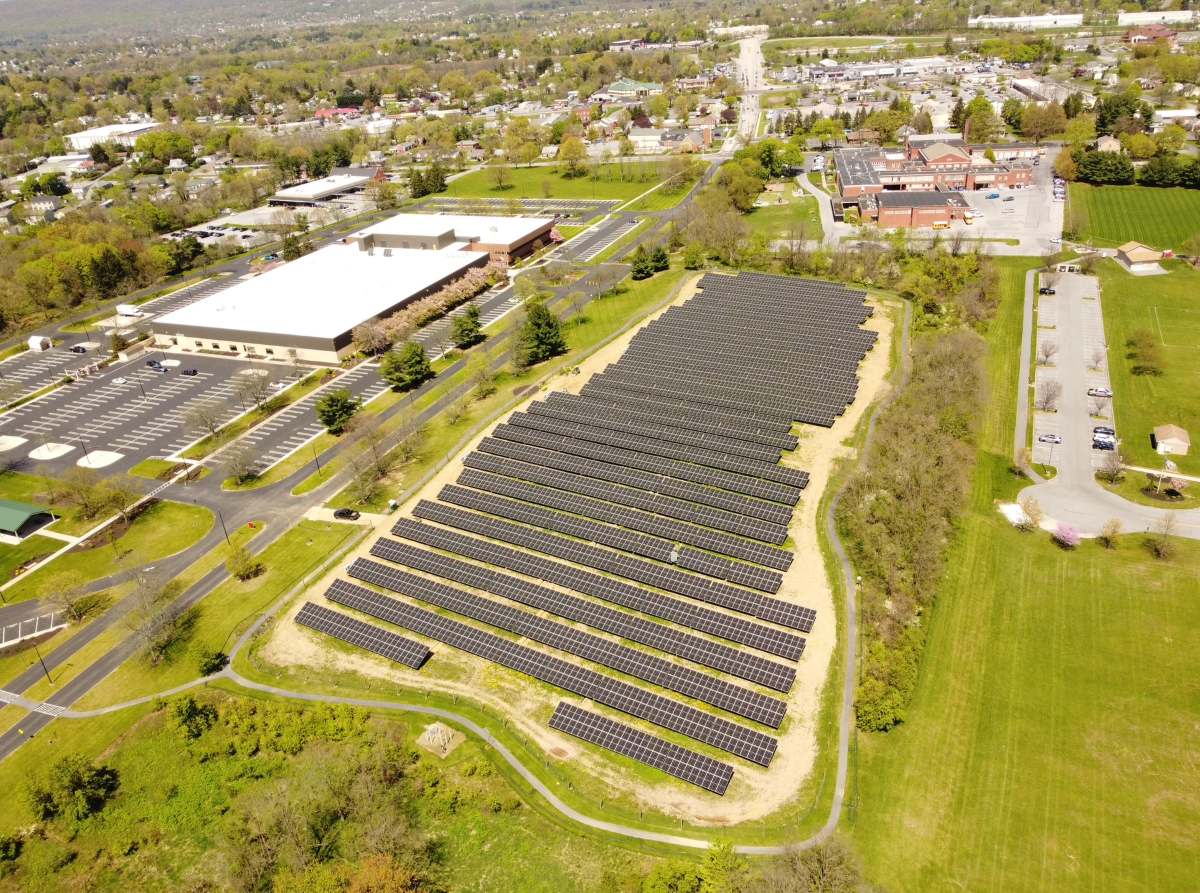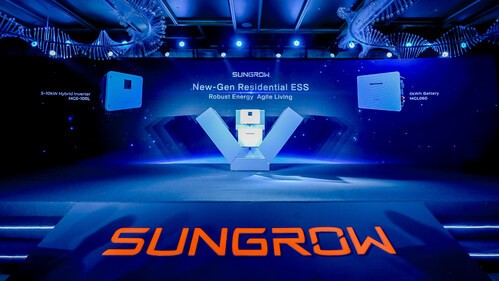DoD tests Swift Solar perovskite tandem PV panels in cyber-defense microgrid drill
The Department of Defense completed a field demo of U.S.-manufactured perovskite tandem solar panels during the Cyber Fortress exercise

Swift Solar’s perovskite tandem technology — long touted as a next-generation leap beyond silicon — was put through a real-world exercise this summer. The California-based developer supplied its ultra-high-efficiency, U.S.-manufactured tandem modules to a Rapid Deployment Hybrid Microgrid (RDHM) during the Department of Defense’s Cyber Fortress exercise in Virginia Beach, a critical-infrastructure cyber defense drill held in August.
The demonstration — conducted with Resilient Energy & Infrastructure (REI), AWS and DoD operational energy teams present — is one of the first known operational deployments of perovskite solar tech in the United States, and a signal to developers, investors, and federal buyers that the material is moving from “lab-reliable” to “field-validated.”
“By strengthening operational energy resilience, US-made perovskite solar technology can directly address the growing power demands of the modern battlefield,” said Dr. Andre Slonopas, Cyber Fortress Lead with the U.S. Army.
Swift’s perovskite tandems were one of three power sources integrated into the RDHM — a mobile microgrid designed for rapid transport and islanded operation. Exercises focused on maintaining power continuity under network attack conditions while demonstrating system resilience and fuel displacement benefits.
“Partnering with the DoD at Cyber Fortress validates our US-made perovskite solar technology in real-world defense conditions,” said Swift Solar CEO Joel Jean.
Swift’s perovskite vision explained here:
Why the DoD cares about perovskite
REI’s RDHM platform is constrained by space, weight and logistics — the exact attributes perovskite tandems are designed to optimize.
“For our mobile RDHMs … we envision Swift Solar’s perovskite as vastly increasing the energy density we can deploy,” said Paul Maloney, CEO of REI.
Swift says its tandems can deliver up to 30% more energy per area than silicon panels, with improved power-to-weight ratios and radiation tolerance — the latter relevant not only for battlefield microgrids but for space and aerospace power applications.
Positioning for scale and parallel commercial markets
The DoD trial arrives alongside Swift’s earlier-announced pilots with American Tower, which is evaluating perovskites for distributed tower-site deployment — another space-constrained, high-density use case.
Swift Solar says it holds exclusive IP from MIT, Stanford and NREL, with a portfolio of 40+ patents and more than $60M in VC, strategic and agency funding, and is “ready to scale” U.S. production with commercial manufacturing targeted within 24 months. The company says the active interest is coming from utility-scale generation, satellite and telecom power, and transportation.
While the industry has long treated perovskites as the technology “of tomorrow,” this DoD exercise places Swift in rare territory: a U.S.-made tandem module in a real application with real stakeholders observing performance, not just reading a milestone PDF.





Comments are closed here.